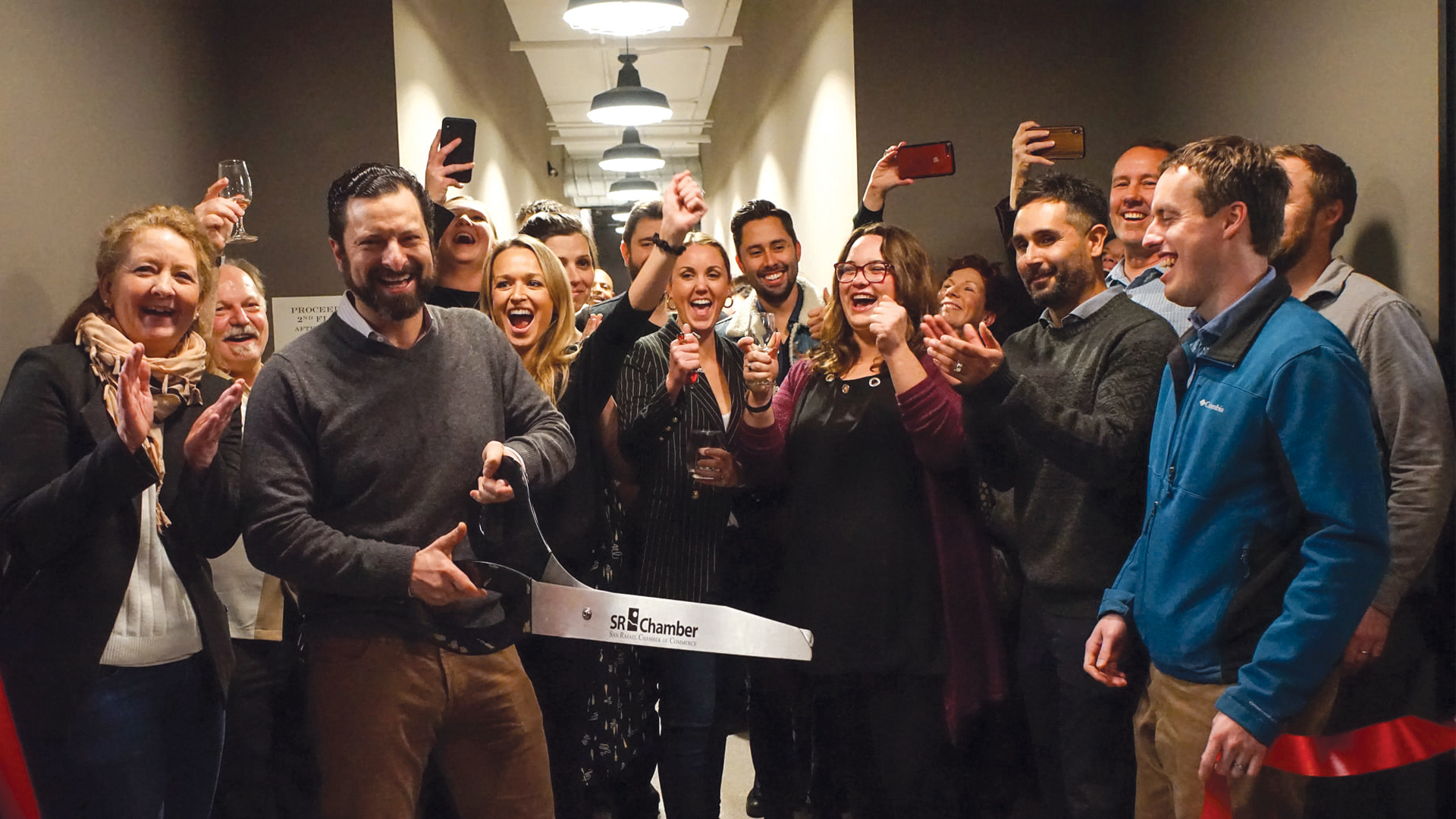
Times are tough for the VFX industry, but it’s not all bad news. Even with Hollywood strikes, job losses, and the rise of AI, studios like Whiskytree have been able to blossom. The California-based studio has garnered a reputation for its breathtaking environments, on-set VFX, compositing, effects simulation, and plenty more on top. Most recently you can see its work in the Apple TV+ series Masters of the Air, with other recent credits including Andor, Obi-Wan Kenobi, and Black Panther: Wakanda Forever.
Indeed, Whiskytree has seen so much success that it recently announced the opening of a second location near Atlanta, Georgia. The facility will help to meet the increasingly extreme demand for VFX in that region, and provide dozens of sought-after job opportunities for artists and technicians. We recently caught up with Whiskytree founder and CEO Jonathan Harb to find out about the studio’s journey so far, its incredible CG creations, and why things aren’t necessarily quite as bad as they might seem for the VFX industry.
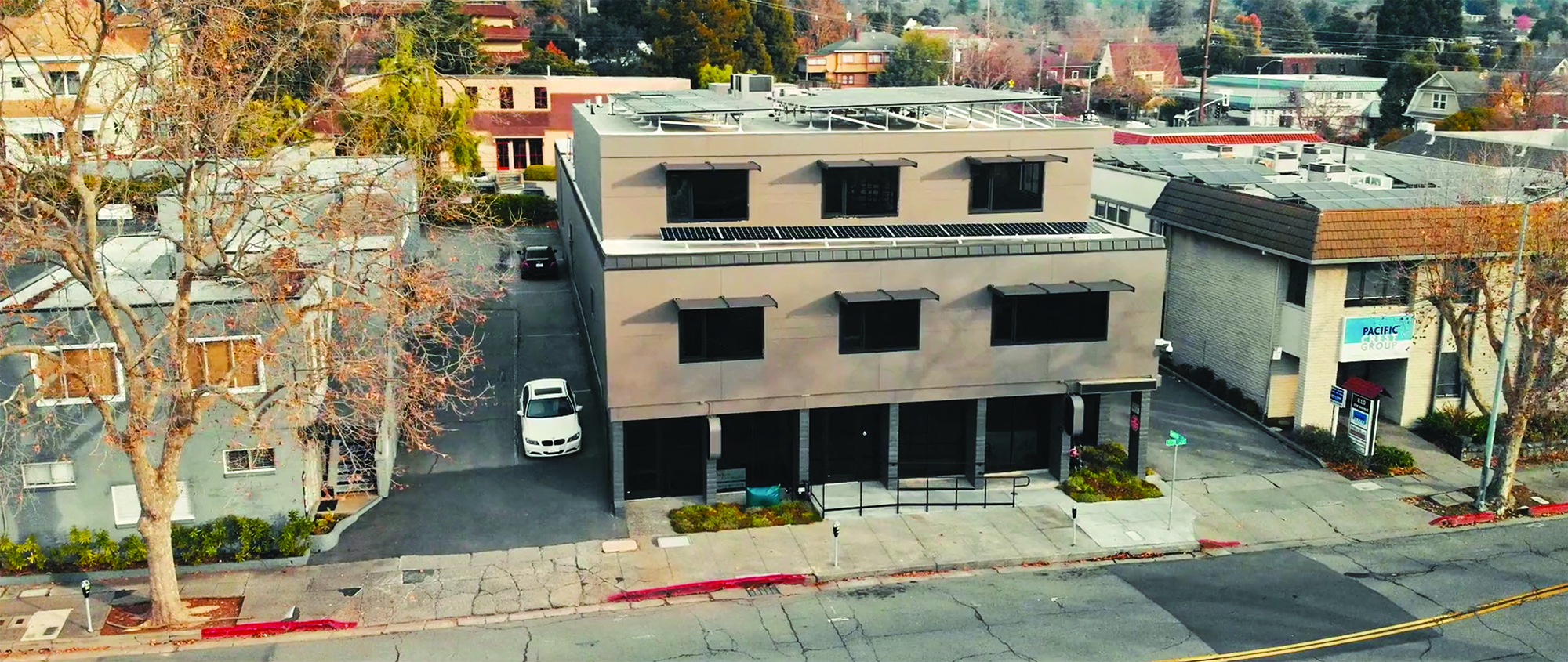
The seed
Whiskytree’s seeds were planted when Harb left school and landed his first job in Industrial Light & Magic’s art department. He gravitated towards concept art and animatics, finding his niche in photorealistic concept work. “While working on the Star Wars prequels, my concept work started to overlap with matte painting, and I moved into the matte department in 1998,” Harb says.
Eventually working his way to VFX supervision and management at ILM, he became curious about every aspect of the process, from building software pipelines to bidding on shots. “The desire to do a lot of different things gave rise to Whiskytree,” he adds. Harb launched his studio in 2007, adding a talented group of former ILM artists to its roster. And why the name? He explains: “I always want people to be curious about who we are and what we do. A name that didn’t pigeonhole us into anything was crucial. Then one day at lunch I was thinking: The Magnificent Seven, The Dirty Dozen, The Great Eight, The Whisky Three, and bang, Whiskytree popped into my head. It feels like an old Western town with a romanticised history.”
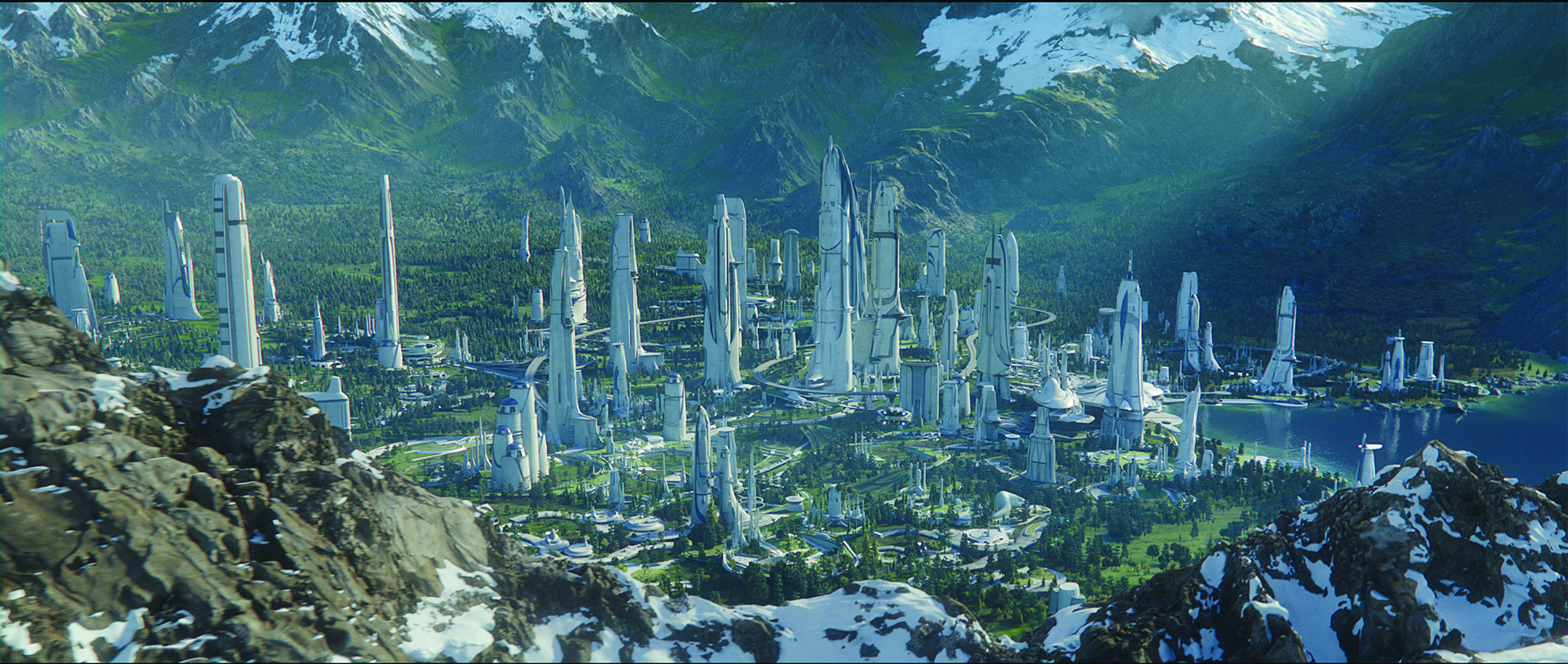
It’s fitting for a studio that prides itself on craftsmanship. Whiskytree’s work is laced with subtle details, which is why clients come to it to address their specific creative challenges. A mass-production, paint-by-numbers approach just wouldn’t get the same end results. “Craftsmanship embodies our creative process and it’s the best description of what we do,” Harb says.
The Whiskytree team works hard to get results, always treating each other and their clients with respect. In an industry that’s renowned for its tight deadlines and long hours, getting the right work-life balance is important, as is having fun in the studio. “Some wonderful and talented people work at Whiskytree,” Harb enthuses. “Through the years I’ve witnessed the magnetism that groups of people like that create: they attract more people like themselves, and that’s the reason Whiskytree has been successful.”
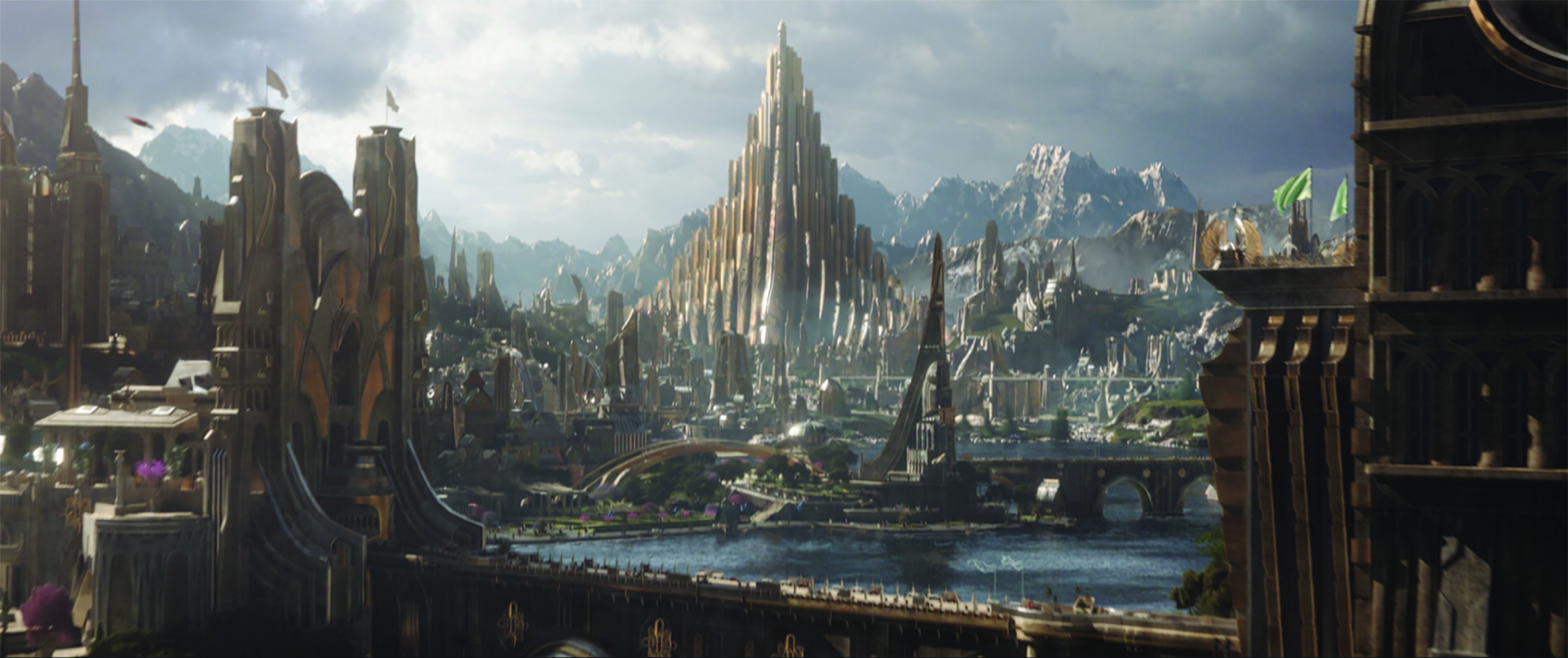
Taking root
Since 2007, Whiskytree has helped to create some phenomenal effects sequences across big and small screens. Remember that awesome Star Wars commercial for Duracell? That was made by Harb and his team. Asgard in the Thor movies, The Capitol in The Hunger Games: Catching Fire, and the city planet of Coruscant for Andor; building new worlds is all in a day’s work for the studio.
You might have noticed that a certain space-battling movie franchise has been mentioned several times already during this feature. Harb cut his teeth on George Lucas’s Star Wars prequels and has maintained a good personal and professional relationship with his former employers at ILM. At a time when it seems like there’s no shortage of Star Wars projects on the way, Whiskytree is well-situated for taking on the work.
No matter the project, the studio’s commitment to perfectly crafted VFX is unwavering, but the industry has seen its fair share of change over the years, and recently the situation has become difficult for creative businesses. Although the Hollywood strikes have occupied more headlines in the past 12 months, Harb explains that the COVID-19 pandemic has had a more tangible effect on the day-to-day running of a studio, with hybrid and remote working changing matters entirely.

That’s not to that say the strikes haven’t posed a significant, existential threat to many people working in the VFX industry, however. Harb predicts that the fallout from them could continue well into 2024 and beyond. “The strikes forced us to change some of how we handled the work we already had on the docket and what comes next,” he explains.
Along with many other studios, Whiskytree was forced to become leaner to keep as many people employed as possible, meaning there were fewer people to handle the workload than usual. The strikes may have had a positive outcome overall, but the return to normal workloads has been a slow process for many. “The biggest challenge for my business has always been keeping a predictable and steady volume of work coming through consistently,” admits Harb. “Unfortunately, the strikes made that issue worse. Large volumes of work have been delayed for months, and in some cases even years.”
“I always want people to be curious about who we are. A name that didn’t pigeonhole us was crucial”
Jonathan Harb, CEO, Whiskytree
You would be forgiven for wondering how a studio like Whiskytree hasn’t just weathered such a storm, but has continued to expand in its wake. A reputation for the kind of world-class VFX you’d usually find at much larger studios will go a long way to keeping your doors open. Add to that a track record of delivering shots on time, with excellent customer service and an enriching company culture, and you have a boutique studio sturdy enough to take on its fair share of change.
“I’m sure I speak for many in our industry when I say that we could use a break from existential threats to our businesses,” Harb reflects. “Fortunately, there’s light at the end of the tunnel. I expect the industry to look somewhat different when we get there.”
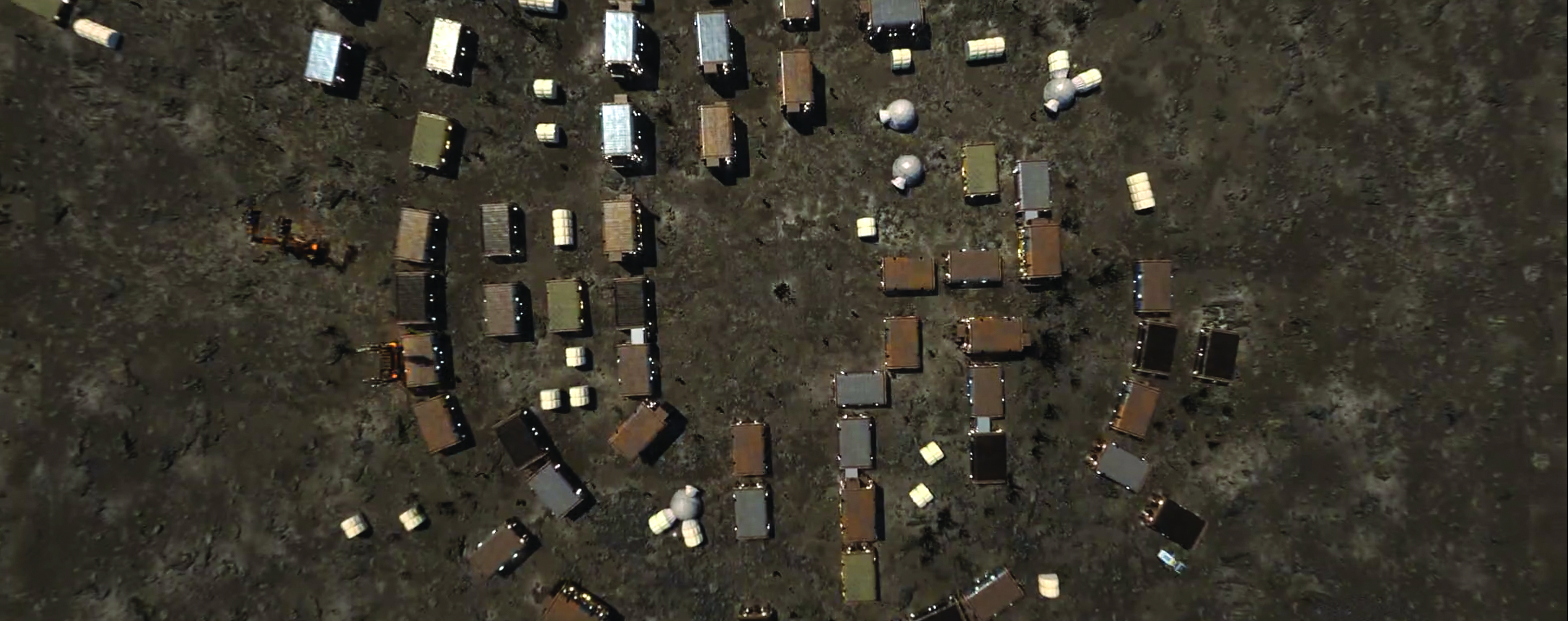
Growing branches
Long before the pandemic and the subsequent strikes, Northern California-based studios such as Whiskytree were swimming against the currents of change. Around a decade ago, numerous US states and locations around the world began tax incentives for film and TV production. Regular filming can be a massive boost to an area’s economy. Besides the entire crews that need to eat and entertain themselves, it can generate huge amounts of tourism if the production is a hit. Just look at how many people have flocked to Ireland to see locations from Game of Thrones.
Production incentives are a way of saying, ‘We’d love you to film in our area and we’ll make it financially beneficial for you to do so.’ It’s had many positive effects on the film industry, but for VFX studios it’s come with its fair share of challenges too. “I’ve had countless producers tell me that they would love to work with us, but simply can’t because we aren’t based in an incentivised territory,” explains Harb.

Destinations like Vancouver have seen a wealth of success from production incentives, with a range of tax reliefs available to projects that choose to film in the area. Take a trip there this year and you might just spot production taking place on The Last of Us season two and Tron: Ares to name a couple. Elsewhere, Montreal is positioning itself as a hub for post-production work.
An entrepreneur at heart, Harb wanted to find an incentivised territory that would make sense for Whiskytree to continue its growth. With his own roots in the Southern US and having spent a lot of time on the coast of Georgia, the state seemed like an obvious choice. Harb says: “I knew the quality of life in Alpharetta was great. Being able to offer our staff another great place to live and work was a major draw for us.”
Georgia’s incentivisation has proved one of the world’s most successful. Since 2008, spending by content creators in the state has risen a staggering 2,937 per cent, from $135 million to $4.1 billion, and there are currently more than 4,850 film and TV businesses located in Georgia. Not only is Whiskytree now perfectly placed to offer its services to the many productions that want to take advantage of these incentives, but it’s doubled its work capacity, helping to combat the slow return to normality post-strike.

Recently, the lucrative tax credits became the subject of debate in the Georgia legislature, as lawmakers suggested the value of tax credits should be capped. As someone close to the issue, Harb offered his support for the incentives. He’s also been part of a movement to further incentivise post-production, as the rewards have been almost solely focused on principal photography so far.
By also offering tax credits for work like Whiskytree’s, the state will keep productions in the area after the cameras stop rolling, streamlining the process and providing more work for local businesses. It’s an open debate for the time being, but it’s looking increasingly likely that Georgia will become Hollywood East.
Even before the new facility, Whiskytree had adapted its pipeline to use the Amazon Web Services (AWS) cloud computing platform. This fortuitous move aided remote work and improved efficiency working with clients based anywhere across the globe. Artists can collaborate and iterate on shots remotely, without any security concerns. That work can then be shared instantly for client approval, notes, or any other updates, speeding up the process and keeping things collaborative regardless of geography.
“The biggest challenge has been keeping a predictable and steady volume of work”
Jonathan Harb, CEO, Whiskytree
Rendering also takes less linear time with the new setup and virtual workstations have added a ton of flexibility to Whiskytree’s pipeline. Previously, setting up a new facility would have meant assembling an on-site location that housed all the machines and servers necessary for the studio’s vast computing power. With the move to AWS, setting up another location was dramatically easier and less expensive.
With a new facility set-up and ready to deliver top-tier VFX for Georgia-based productions, Whiskytree plans to leverage the local talent for every hire it makes there. Harb explains: “We’ve reached out to several universities and other educational institutions, and will be actively participating in creating the curricula for the Georgia Film Academy, geared directly towards the work we do here at Whiskytree.”

In bloom
Despite the uncertain times we find ourselves in, there’s great news to be celebrated across the VFX industry. Last year the VFX teams behind award-winning film The Creator were able to make an $80 million budget look like $200 million, showing just what’s possible with the tools available today. Elsewhere, the relatively small team that worked on the Japanese-made Godzilla Minus One received an Academy Award for their efforts, an inspirational victory for artists everywhere.
“Small teams of very capable people, who are provided with concise direction and advanced tools, are able to compete with the very best, including much larger organisations,” says Harb, reflecting on these two success stories. It’s proof that even in the most turbulent of times there are still opportunities to thrill an audience and see your hard work rewarded. What’s more, a smaller team makes it easier to uphold higher standards of customer service, ensuring the level of professionalism that Harb and Whiskytree pride themselves on.
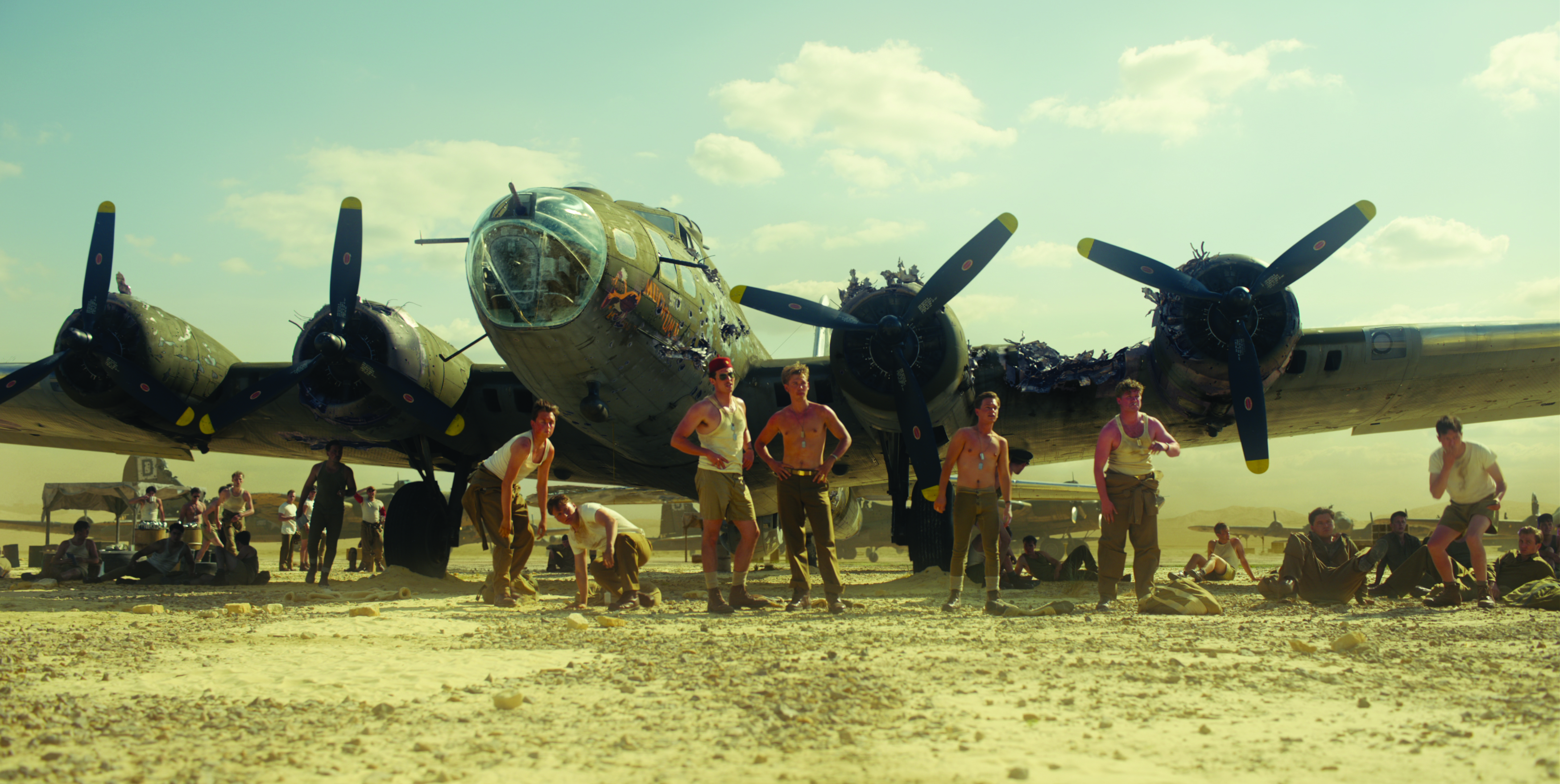
Smaller teams having access to tools that rival the larger studios isn’t the only way that technology is changing the landscape, though. There’s one artificially generated elephant in the room to address when discussing the future of the VFX business, and Whiskytree has made several forays into tools and techniques that responsibly use AI or machine learning. “It’ll be some time before we see people losing their jobs to AI,” says Harb. “But many tedious aspects of what we do will become faster, easier, and significantly cheaper. This means more time spent iterating and creating visuals that can wow audiences used to seeing VFX on their screens.”
“Offering our staff a great place to live and work was a major draw”
Jonathan Harb, CEO, Whiskytree
Generative AI tools have already found their way into some of the processes for Whiskytree’s concept art and design needs, providing artists with new ways to quickly explore ideas that they may want to flesh out further down the line for a project.
You can currently check out Whiskytree’s finely crafted VFX for yourself in Masters of the Air. When asked what the studio is developing next, Harb is tight-lipped but assures that it’s hard at work on an exciting feature project. Whatever it is, you can rest assured it’ll continue to show just what’s possible for boutique studios with the right tools and a whole lot of talent.
This content originally appeared in 3D World magazine, the world's leading CG art magazine. 3D World is on sale in the UK, Europe, United States, Canada, Australia and more. Limited numbers of 3D World print editions are available for delivery from our online store (the shipping costs are included in all prices). Subscribe to 3D World at Magazines Direct.







